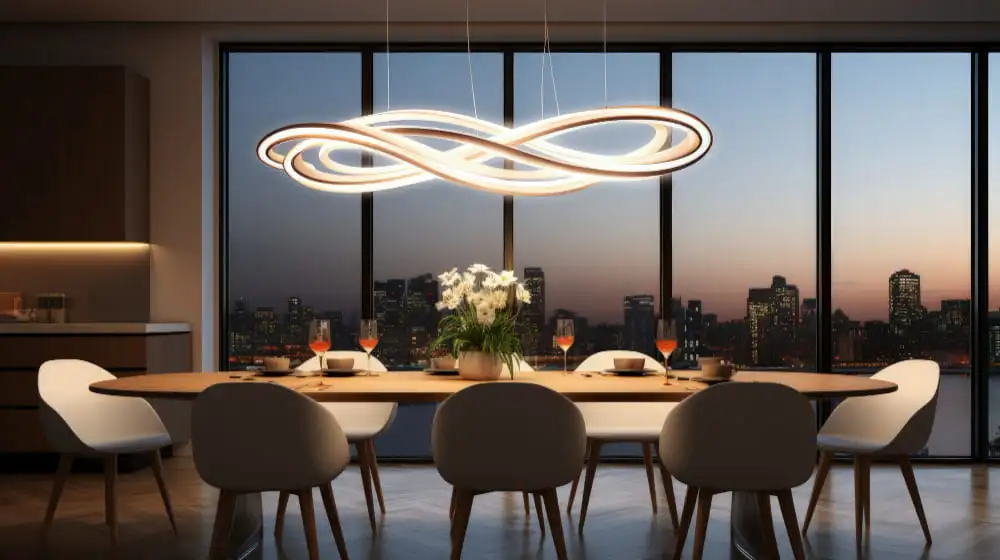The dining room is more than just a place to enjoy meals; it’s a gathering spot for family and friends, a space for celebrations, and a sanctuary for shared moments. As such, dining room design plays a crucial role in setting the tone and ambiance of this important area in your home.
Whether you’re hosting a dinner party or enjoying a quiet evening with loved ones, a thoughtfully designed dining space can enhance the experience and leave a lasting impression. In this article, we’ll explore essential tips and creative ideas to help you create a welcoming and stylish dining room that reflects your personal taste and invites warmth and connection. From color palettes to furniture choices, discover how to elevate your dining room into a space that inspires joy and togetherness.
Table of Contents
The Importance of Lighting in Dining Room Interior Design
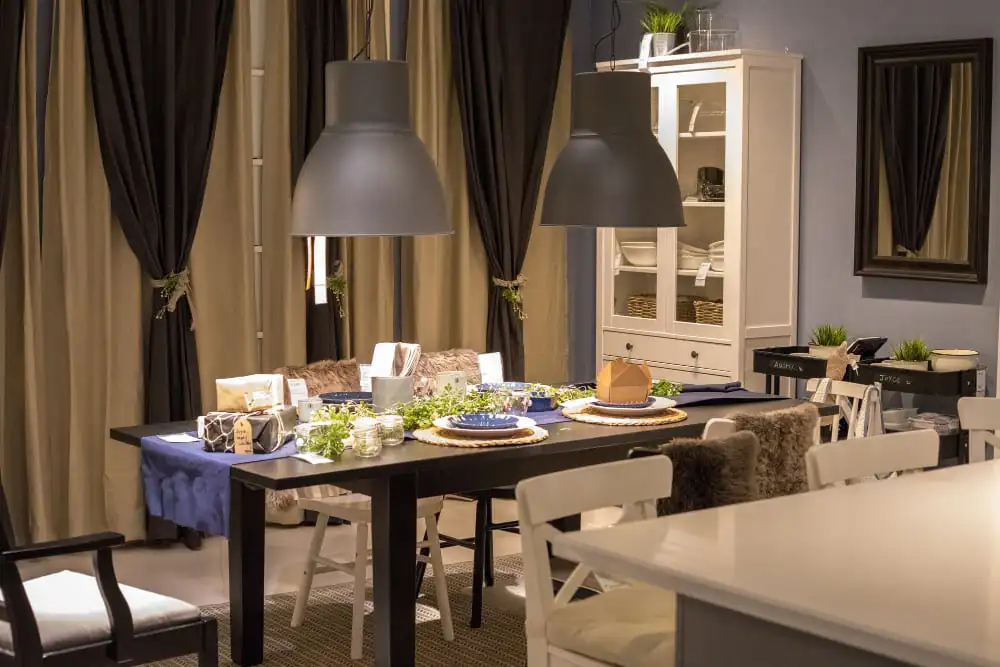
Lighting plays a crucial role in dining room interior design, as it shapes not only the aesthetic appeal of the space but also the atmosphere and functionality. The right lighting can transform a dining area from a mere functional space into a warm, inviting environment where friends and family gather to share meals and create lasting memories. Consideration of both natural and artificial light sources is essential in achieving a harmonious balance that enhances the overall design.
Incorporating various lighting elements, such as pendant lights, chandeliers, and wall sconces, can add layers to the design, making it visually rich and engaging. Pendant lights positioned above the dining table can serve as a focal point while providing essential illumination for meals. Similarly, a well-chosen chandelier can lend an air of elegance, turning an ordinary dining room into a sophisticated venue. The interplay of light and shadow can highlight specific design features like artwork or unique furniture pieces, making them stand out and adding depth to the space.
Choosing the Right Furniture for Your Dining Room
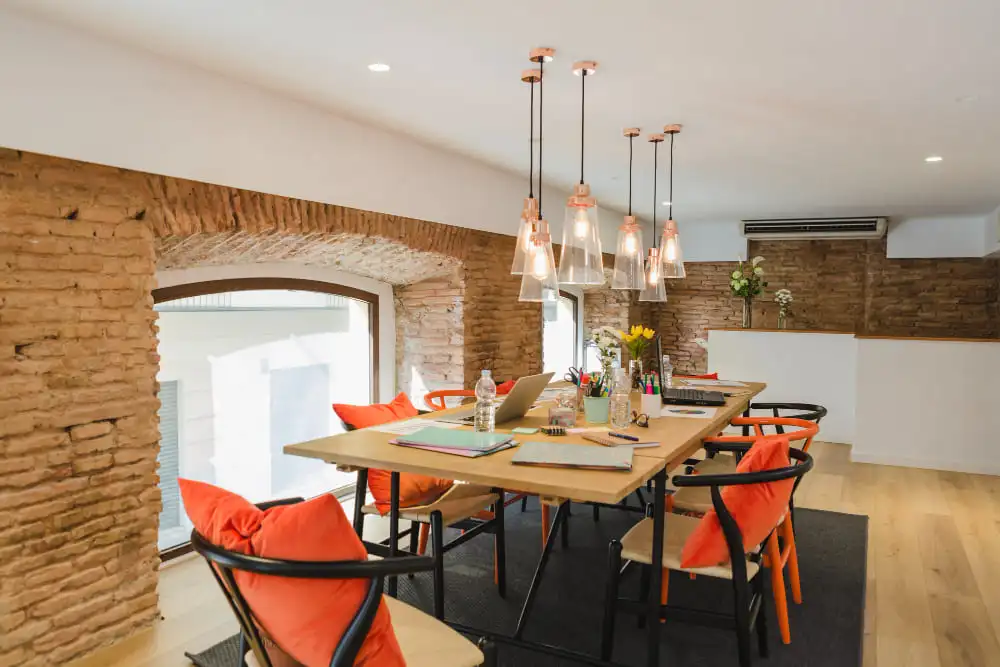
Choosing the right furniture for your dining room is essential not just for aesthetics, but also for functionality and comfort. The dining room often serves as a space for family gatherings, entertaining guests, and special occasions. Therefore, it’s important to select pieces that complement your overall dining room design while also meeting your practical needs. Begin by assessing the space available; consider the dimensions of the room, the flow of traffic, and how many individuals you typically host. This evaluation will guide your choices, ensuring that you select furniture that fits comfortably without overcrowding the area.
When it comes to styles, it’s crucial to have a clear vision that aligns with your existing decor. Whether you prefer a modern, rustic, or traditional look, your furniture should resonate with your aesthetic preferences and the overall theme of your home. Dining tables, for example, come in various shapes—rectangular, round, and square—each lending a different vibe to your dining area. A round table can create a cozy atmosphere for smaller gatherings, while a rectangular table often serves larger groups more efficiently. Don’t forget to consider the materials as well; wooden tables offer warmth and timelessness, while metal or glass can introduce a more contemporary feel.
Seating is another vital component in your dining room design. Comfortable dining chairs can enhance the overall experience of mealtimes, so it’s important to select options that provide support and style. Consider mixing and matching chairs and benches to add visual interest and cater to different seating preferences. Incorporating cushions or upholstered dining chairs can also lend a softer touch to the space, inviting guests to linger longer.
Color Palettes and Patterns for a Stylish Dining Room
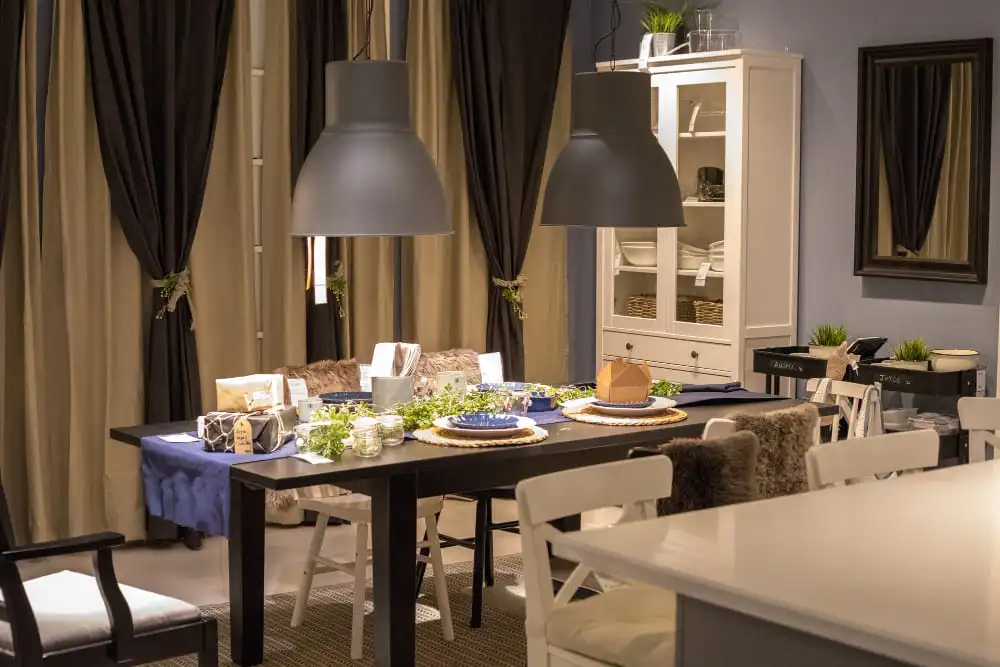
Creating a stylish dining room interior design goes beyond the selection of furniture; it encompasses the careful consideration of color palettes and patterns that evoke the desired atmosphere. The dining room is a space where families and friends gather to share meals and memories, so it is essential to curate an inviting environment. Rich, earthy tones like terracotta or deep greens can instill a sense of warmth and comfort, while lighter shades such as soft whites and pale blues can create a fresh, airy feel. These colors can be complemented with various textures—think woven placemats, linen tablecloths, and soft, plush rugs to enhance the overall aesthetic.
Incorporating patterns into your dining room can elevate its charm and character. Patterns can be introduced through upholstery, curtains, or even tableware. Choose geometric designs for a modern twist, or floral motifs to bring in a touch of classic elegance. Balance is key; if you opt for a bold patterned wallpaper, you may want to keep the rest of the space subdued to prevent visual chaos. Mixing different patterns can also yield interesting results, but it is important to maintain a cohesive color palette to ensure that the space feels unified and inviting.
RELATED: 12 Patio Decor Ideas for a Cozy and Relaxing Escape
Incorporating Greenery and Natural Elements in Your Dining Room
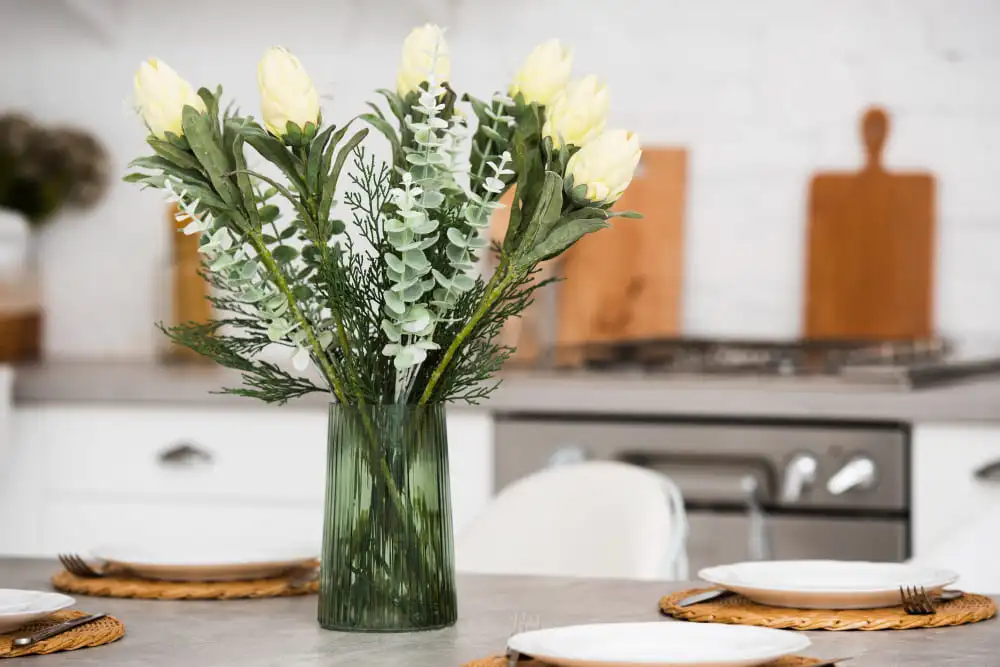
Incorporating greenery and natural elements into your dining room interior design can transform the space into a serene oasis that fosters connection and well-being. Plants not only enhance the aesthetic appeal of your dining area but also purify the air and introduce a sense of calm. Begin by selecting a variety of indoor plants that complement your dining room’s style, whether it’s a minimalist look or a more eclectic approach. Consider using tall, leafy plants like fiddle leaf figs or snake plants in corners to create height, while smaller potted herbs or succulents can adorn the table or shelves.
Natural materials are another way to bring the outdoors inside. Opt for dining furniture made from wood, bamboo, or rattan to create an organic feel that resonates with nature. A wooden dining table can serve as a beautiful centerpiece, especially when paired with natural fiber placemats or a jute runner. Incorporating elements such as stone or ceramic serveware not only adds texture but also emphasizes the natural theme. You can also use textiles in earthy tones and organic patterns to further enhance the ambiance, making the dining experience more inviting.
Creating a Focal Point in Your Dining Room Design
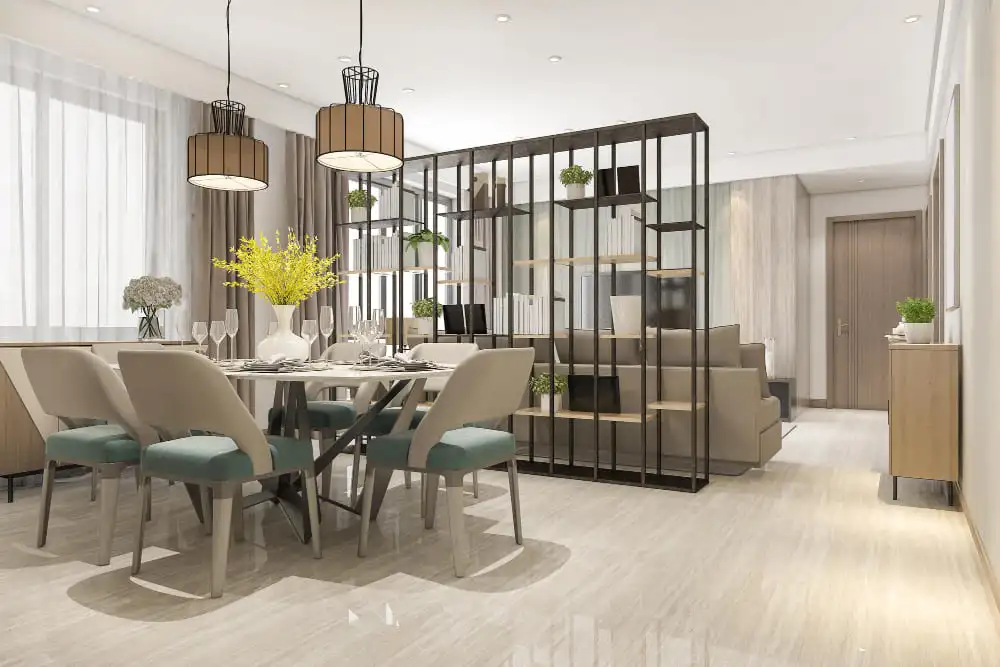
Creating a focal point in your dining room design can transform an ordinary space into an inviting and captivating area for dining and entertaining. A well-designed focal point draws the eye and sets the tone for the entire room, making it essential to consider what will best reflect your personal style and the overall atmosphere you wish to create. Whether it’s a stunning piece of artwork, an elegant chandelier, or a beautifully set dining table, identifying and accentuating this centerpiece can significantly enhance your dining room design.
One effective way to establish a focal point is by using color or texture to differentiate it from the surrounding elements. For instance, if you opt for a striking painting or a gallery wall, choose bright or contrasting colors that will stand out against softer hues in the room. Alternatively, incorporating a unique light fixture can also serve as an eye-catching aspect, particularly when paired with a contrasting ceiling color.
The arrangement of furniture in the dining room design can further emphasize the chosen focal point. For example, positioning your dining table directly beneath a statement chandelier creates harmonious lines and visual intrigue. Additionally, using area rugs can help delineate the dining space and draw attention to the focal point, enhancing both comfort and aesthetics. The balance between the elements in the room, including chairs, decor, and other furnishings, should complement rather than compete with your focal point, ensuring that it remains the highlight of the dining room design.
Balancing Functionality and Style in Your Dining Room Layout
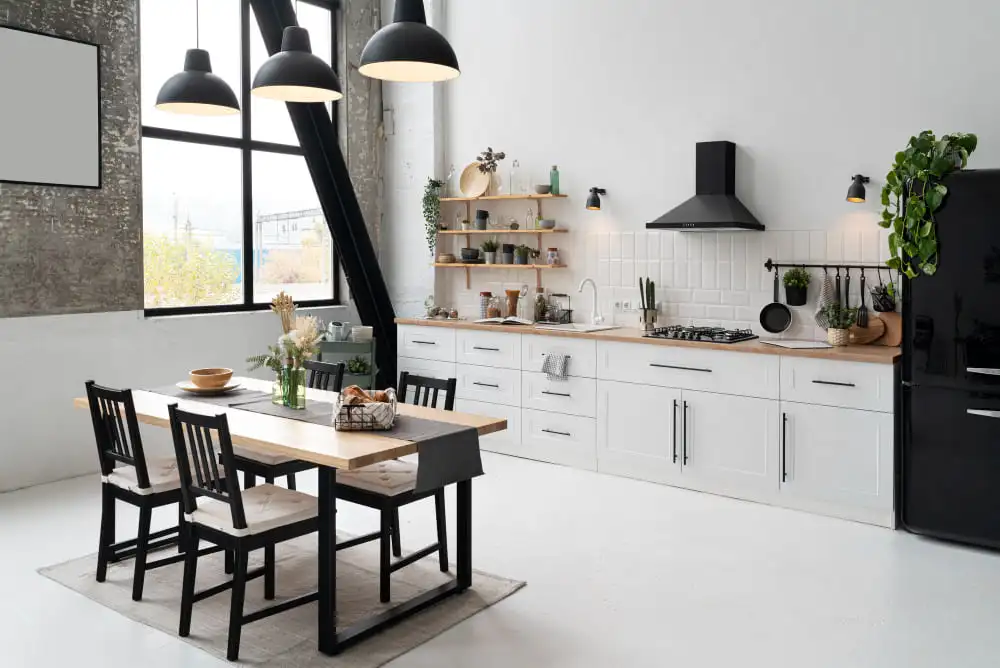
When it comes to dining room design, the balance between functionality and style is paramount. This space serves as a gathering point for family and friends, a place where meals are shared and memories are made. As such, the layout must be carefully considered to foster both aesthetic appeal and practical use. Functionality in a dining room means choosing furniture that accommodates the number of diners you expect, allowing for comfortable movement and interaction, while also ensuring that necessary items like serving dishes and utensils are easily accessible.
Style, on the other hand, involves selecting colors, textures, and decor that reflect your personal taste and the overall theme of your home. A well-designed dining room should feel inviting and cohesive. Consider how the choice of a stylish table and chairs complements your decor; options range from sleek and modern to rustic and traditional. Remember, it’s essential to select pieces that harmonize with the space’s primary function while still conveying a sense of personality and flair.
To achieve a harmonious balance, take a holistic approach to your dining room design. You might start by sketching out different layouts to see how various furniture arrangements could impact the flow of the room. Utilize multifunctional furniture whenever possible—like a dining table with extendable features for larger gatherings or a bench that offers both seating and storage. These elements not only promote efficient use of space but also add a layer of versatility that can adapt to different occasions.
Personalizing Your Dining Room with Art and Decor
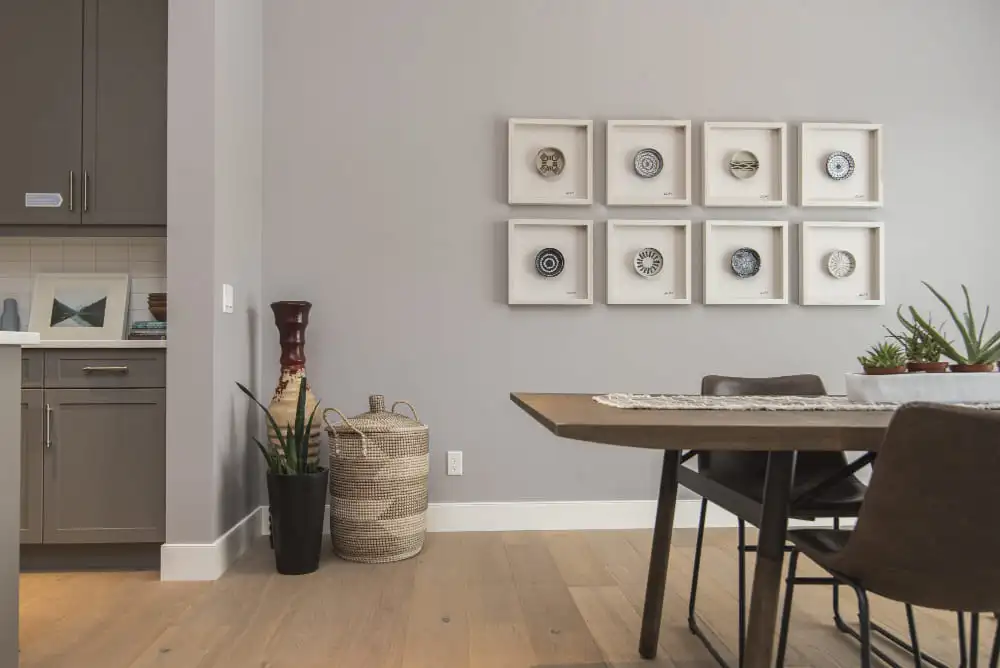
Your dining room is more than just a space to share meals; it’s a reflection of your personal style and aesthetic. Personalizing this area with art and decor can transform it into a vibrant hub of creativity and comfort. When considering dining room design, think beyond the conventional. A carefully curated collection of artwork, unique decor items, and thoughtful color choices can elevate the ambiance and make your dining experience more enjoyable.
One approach to personalizing your dining room is to incorporate artwork that resonates with you and your family. Whether it’s a large statement piece above the dining table or a gallery wall filled with cherished memories, art adds character and interest to the space. Consider using a mix of paintings, prints, or even framed photographs that tell a story or convey a theme. These pieces can spark conversation and evoke emotions, making every meal feel special.
Complementing your artwork with decor that mirrors your style is equally important. The right decor can enhance the room’s overall vibe and create a cohesive look. Think about using decorative tableware, unique centerpieces, or even statement lighting fixtures that reflect your personality. Incorporating elements such as plants or seasonal decorations can also infuse life into the space, changing the atmosphere with the seasons and keeping your dining room feeling fresh and inviting.
Tips for Hosting Memorable Dinner Parties in Your Stylish Dining Room
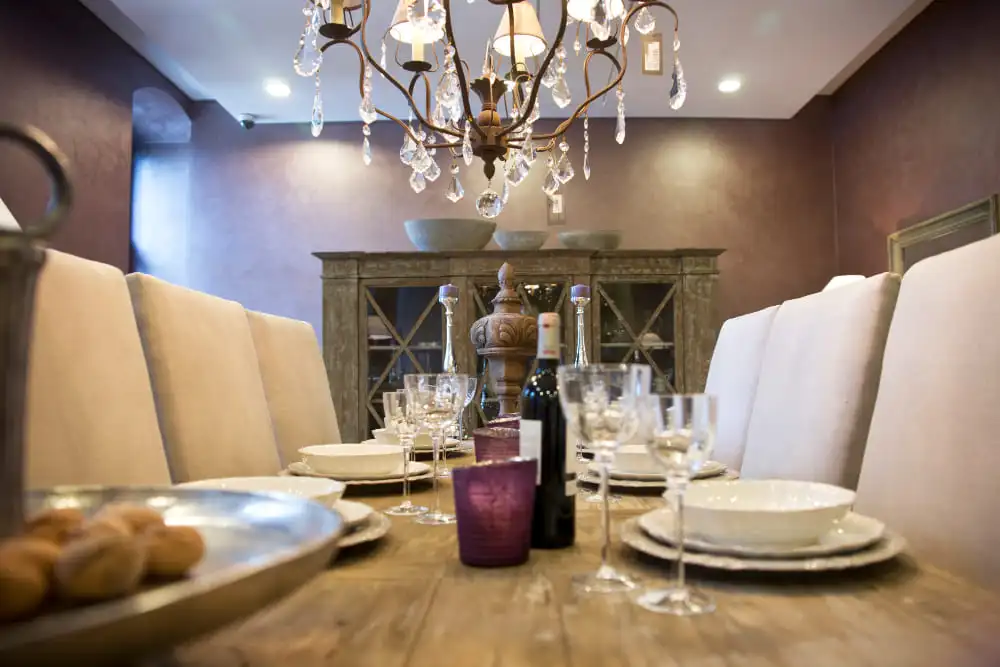
Hosting a memorable dinner party begins with creating an inviting atmosphere in your dining room, so consider how you can enhance your dining room design to set the perfect stage. Start by choosing a cohesive color palette that reflects your personal style while remaining warm and inviting. Soft, neutral tones can create a calm backdrop, while bold colors can add excitement and energy. Layering textures through table linens, centerpieces, and dinnerware can also elevate the visual appeal of your space, making it both stylish and comfortable for your guests.
When it comes to table setting, your dining room design should harmonize with the meal you’re serving. Invest in quality dinnerware, glassware, and flatware that not only match your aesthetic but also speak to the theme of the evening. A thoughtfully curated table setting with unique place cards or a striking centerpiece can spark conversations and make your guests feel special. Don’t forget the finishing touches—a well-placed bouquet of fresh flowers or seasonal fruits can add a lively pop of color and enhance the overall vibe of your dining space.

